Politics
Deal reached after US capital sues Trump over police takeover
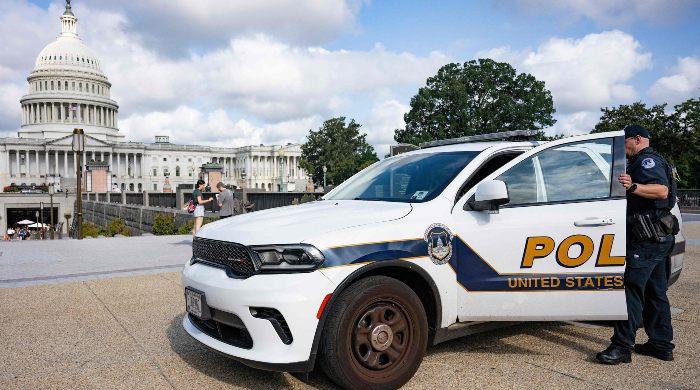
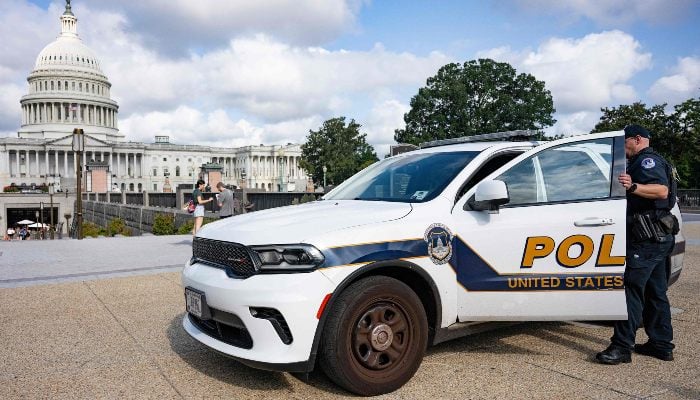
The Justice Department reached an agreement on Friday with Washington authorities over control of the US capital’s police department after President Donald Trump placed it under federal government control to tackle violent crime.
The deal was hammered out at a federal court hearing held after the District’s attorney general sued the Trump administration over what he called a “hostile takeover” of the city’s police force.
Trump placed Washington’s Metropolitan Police Department (MPD) under federal control on Monday and ordered the deployment of 800 National Guard troops onto the streets of the capital.
Trump’s attorney general, Pam Bondi, then issued an order on Thursday to install a hand-picked official — Drug Enforcement Administration (DEA) chief Terry Cole — as “emergency” police commissioner.
Brian Schwalb, the attorney general for Washington, responded with a lawsuit arguing that federal law governing the capital “does not authorise this brazen usurpation of the District’s authority.”
At the court hearing on Friday, District Judge Ana Reyes urged the two sides to work out a solution, and they agreed that Cole, rather than assuming direct control of the MPD, would give directives through the mayor’s office.
“Mr Cole is not going to be able to direct police department individuals to do anything,” Reyes said. “He’s going to have to go through the mayor.”
Schwalb welcomed the agreement at a press conference following the court hearing.
“My expectation is that the key issue with respect to control and command of our MPD has been resolved today, and that it is clear as a matter of law that it is under the chief of police appointed by the mayor,” he said.
“We don’t need a hostile takeover from the federal government to do what we do every day,” he said.
Special status
Unlike the 50 states, Washington operates under a unique relationship with the federal government that limits its autonomy and grants Congress extraordinary control over local matters.
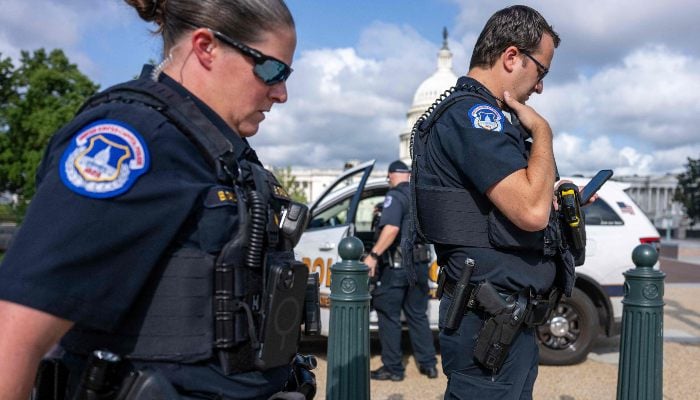
Since the mid-1970s, the Home Rule Act has allowed residents to elect a mayor and a city council, although Congress still controls the city’s budget.
The overwhelmingly Democratic city faces allegations from Republican politicians that it is overrun by crime, plagued by homelessness and financially mismanaged.
However, data from Washington police show significant drops in violent crime between 2023 and 2024, although that was coming off the back of a post-pandemic surge.
Bowser said earlier this week that violent crime was “at its lowest level in 30 years.”
Trump has also said he wants to tackle homeless encampments and move those sleeping in public “FAR from the Capital.”
Washington is ranked 15th on a list of major US cities by homeless population, according to government statistics from last year.
On his Truth Social platform, Trump this week described Washington as “under siege from thugs and killers,” with higher crime rates than “many of the most violent Third World Countries.”
But residents rejected that depiction.
“It’s totally false, and obviously promulgated on his media to justify an unwarranted exercise of federal power,” 81-year-old Larry Janezich told AFP on Thursday.
Politics
Southeast Asia storm deaths near 700 as scale of disaster revealed
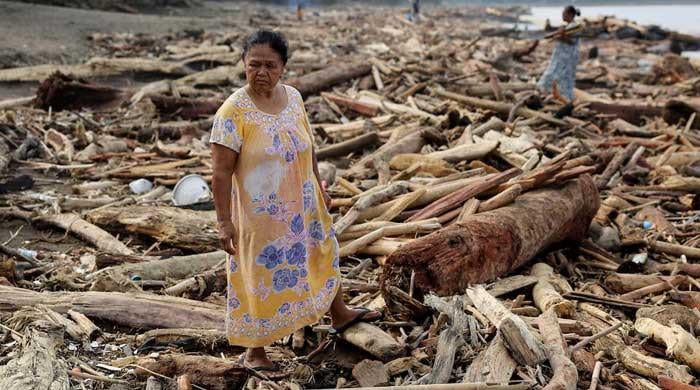
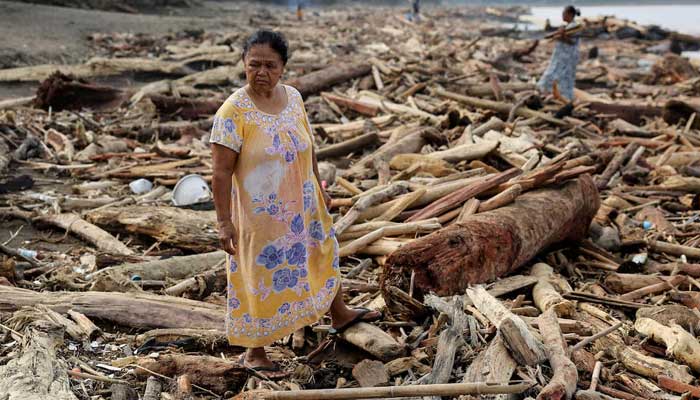
- Indonesia, Malaysia and Thailand witness large scale devastation.
- At least 176 people perish in Thailand and three in Malaysia.
- Indonesia’s death toll reaches 502 with 508 more still missing.
PALEMBAYAN: Rescue teams in western Indonesia were battling on Monday to clear roads cut off by cyclone-induced landslides and floods, as improved weather revealed more of the scale of a disaster that has killed close to 700 people in Southeast Asia.
Indonesia, Malaysia and Thailand have seen large scale devastation after a rare tropical storm formed in the Malacca Strait, fuelling torrential rains and wind gusts for a week that hampered efforts to reach people stranded by mudslides and high floodwaters.
At least 176 have been killed in Thailand and three in Malaysia, while the death toll climbed to 502 in Indonesia on Monday with 508 missing, according to official figures.
Under sunshine and clear blue skies in the town of Palembayan in Indonesia’s West Sumatra, hundreds of people were clearing mud, trees and wreckage from roads as some residents tried to salvage valuable items like documents and motorcycles from their damaged homes.
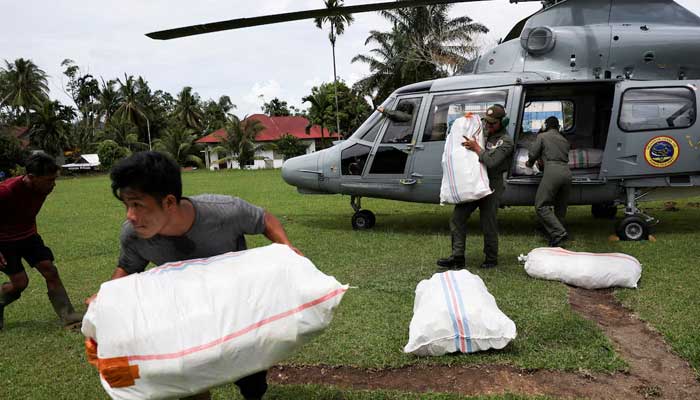
Men in camouflage outfits sifted through piles of mangled poles, concrete and sheet metal roofing as pickup trucks packed with people drove around looking for missing family members and handing out water to people, some trudging through knee-deep mud.
Months of adverse, deadly weather
The government’s recovery efforts include restoring roads, bridges and telecommunication services.
More than 28,000 homes have been damaged in Indonesia and 1.4 million people affected, according to the disaster agency.
Indonesian President Prabowo Subianto visited the three affected provinces on Monday and praised residents for their spirit in the face of what he called a catastrophe.
“There are roads that are still cut off, but we’re doing everything we can to overcome difficulties,” he said in North Sumatra.
“We face this disaster with resilience and solidarity. Our nation is strong right now, able to overcome this.”
The devastation in the three countries follows months of adverse and deadly weather in Southeast Asia, including typhoons that have lashed the Philippines and Vietnam and caused frequent and prolonged flooding elsewhere.
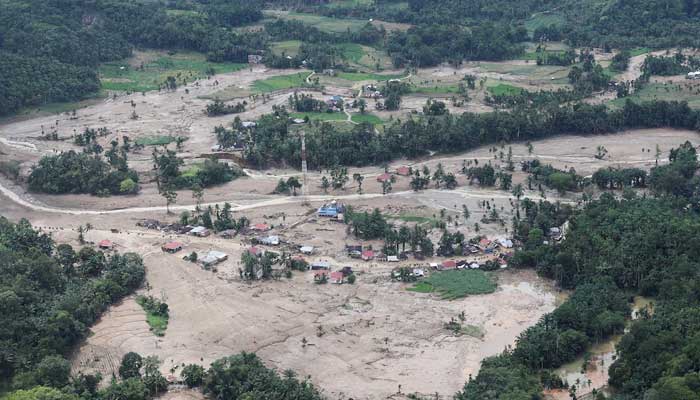
Scientists have warned that extreme weather events will become more frequent as a result of global warming.
Marooned for days
In Thailand, the death toll rose slightly to 176 on Monday from flooding in eight southern provinces that affected about three million people and led to a major mobilisation of its military to evacuate critical patients from hospitals and reach people marooned for days by floodwaters.
In the hardest-hit province of Songkhla, where 138 people were killed, the government said 85% of water services had been restored and would be fully operational by Wednesday.
Much of Thailand’s recovery effort is focused on the worst-affected city Hat Yai, a southern trading hub which on November 21 received 335 mm (13 inches) of rain, its highest single-day tally in 300 years, followed by days of unrelenting downpours.
Prime Minister Anutin Charnvirakul has set a timeline of seven days for residents to return to their homes, a government spokesperson said on Monday.
In neighbouring Malaysia, 11,600 people were still in evacuation centres, according to the country’s disaster agency, which said it was still on alert for a second and third wave of flooding.
Politics
British MP Tulip Siddiq handed two-year prison sentence in Bangladesh graft case
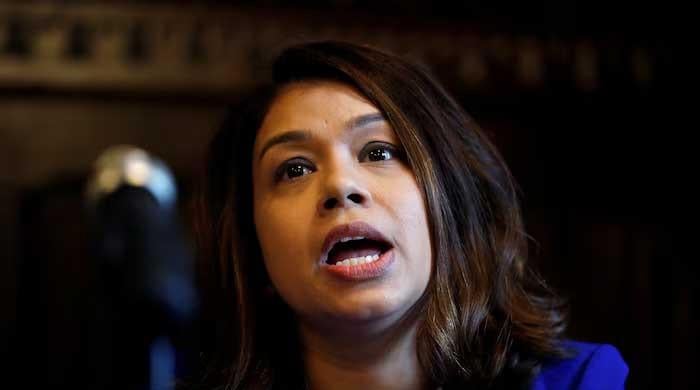
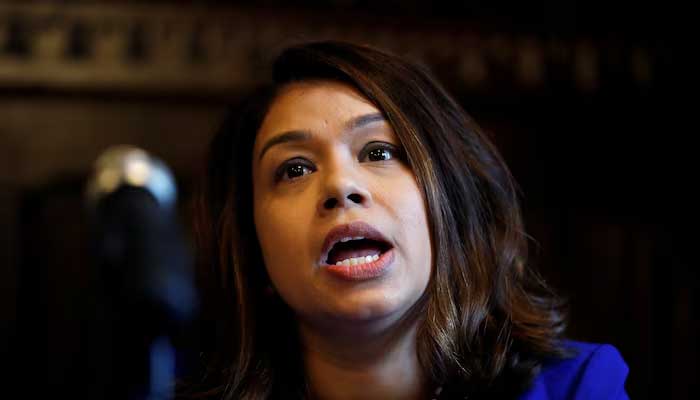
- Ex-Bangladesh PM Sheikh Hasina, sister Rehana also sentenced.
- Case relates to illegal allocation of a plot of land: local media.
- Prosecutors highlight political influence, collusion abuse of power.
DHAKA: A Bangladesh court sentenced British parliamentarian and former minister Tulip Siddiq to two years in jail in a corruption case involving the alleged illegal allocation of a plot of land, local media reported.
The verdict was delivered in absentia as Siddiq, her aunt and former Bangladesh Prime Minister Sheikh Hasina, and Hasina’s sister Sheikh Rehana — all co-accused in the case — were not present in court.
Hasina was sentenced to five years in jail and Rehana to seven, the local media reports said.
Hasina, who fled to neighbouring India in August 2024 at the height of an uprising against her government, was sentenced to death last month over her government’s violent crackdown on demonstrators during the protests.
Last week, she was handed a combined 21-year prison sentence in other corruption cases.
Prosecutors said that the land was unlawfully allocated through political influence and collusion with senior officials, accusing the three powerful defendants of abusing their authority to secure the plot, measuring roughly 13,610 square feet, during Hasina’s tenure as prime minister.
Most of the 17 accused were absent when the judgement was pronounced.
Siddiq, who resigned in January as the UK’s minister responsible for financial services and anti-corruption efforts following scrutiny over her financial ties to Hasina, has previously dismissed the allegations as a “politically motivated smear”.
Britain does not currently have an extradition treaty with Bangladesh.
Politics
Elon Musk reveals partner’s half-Indian roots, son’s middle name ‘Sekhar’
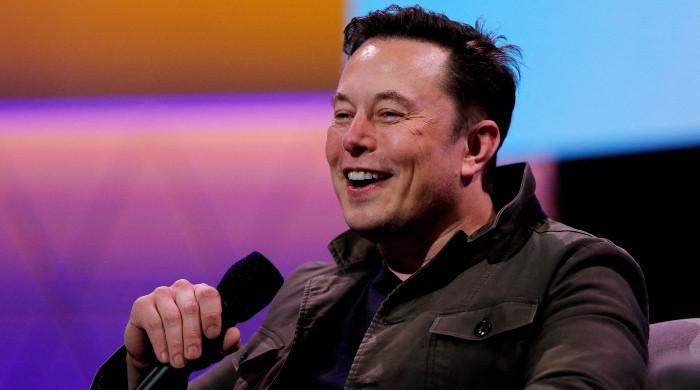

Tesla and SpaceX CEO Elon Musk has said his partner, Neuralink executive Shivon Zilis, is half-Indian and that one of their sons has the middle name “Sekhar” after Indian-American physicist and Nobel laureate Subrahmanyan Chandrasekhar.
Speaking on Zerodha founder Nikhil Kamath’s “WTF is?” podcast, Musk said: “I’m not sure if you know this, but my partner Shivon is half Indian,” adding: “One of my sons with her, his middle name is Sekhar after Chandrasekhar.”
Musk also spoke about Zilis’s background when asked where she grew up, saying she was given up for adoption as a baby and raised in Canada. “She grew up in Canada. She was given up for adoption when she was a baby. I think her father was like an exchange student at the university or something like that… I’m not sure the exact details,” he said.
Zilis joined Musk’s AI company, Neuralink, in 2017 and is currently the Director of Operations and Special Projects. She has a Bachelor of Arts in Economics and Philosophy from Yale University. Zilis has four children with Musk — twins Strider and Azure, daughter Arcadia and son Seldon Lycurgus.
Earlier this year, in March, it emerged that Musk had another child, his 14th, with Zilis.
“Discussed with Elon and, in light of beautiful Arcadia’s birthday, we felt it was better to also just share directly about our wonderful and incredible son Seldon Lycurgus,” Zilis said in a post on X, without saying when the child was born. Musk responded with a heart.
Her announcement came two weeks after conservative influencer Ashley St Clair said that she also recently had a child with Musk.
Appearing on the latest episode of Kamath’s podcast, Musk also said that America has “been an immense beneficiary of talent from India, but that seems to be changing now”.
His comments come at a time when the American dream for thousands of Indians is turning sour due to rising US visa restrictions and policy unpredictability.
— With additional input from Reuters
-

 Sports1 week ago
Sports1 week agoWATCH: Ronaldo scores spectacular bicycle kick
-

 Entertainment1 week ago
Entertainment1 week agoWelcome to Derry’ episode 5 delivers shocking twist
-

 Politics1 week ago
Politics1 week agoWashington and Kyiv Stress Any Peace Deal Must Fully Respect Ukraine’s Sovereignty
-

 Business1 week ago
Business1 week agoKey economic data and trends that will shape Rachel Reeves’ Budget
-

 Tech6 days ago
Tech6 days agoWake Up—the Best Black Friday Mattress Sales Are Here
-

 Politics1 week ago
Politics1 week ago53,000 Sikhs vote in Ottawa Khalistan Referendum amid Carney-Modi trade talks scrutiny
-

 Fashion1 week ago
Fashion1 week agoCanada’s Lululemon unveils team Canada kit for Milano Cortina 2026
-

 Tech23 hours ago
Tech23 hours agoGet Your Steps In From Your Home Office With This Walking Pad—On Sale This Week





